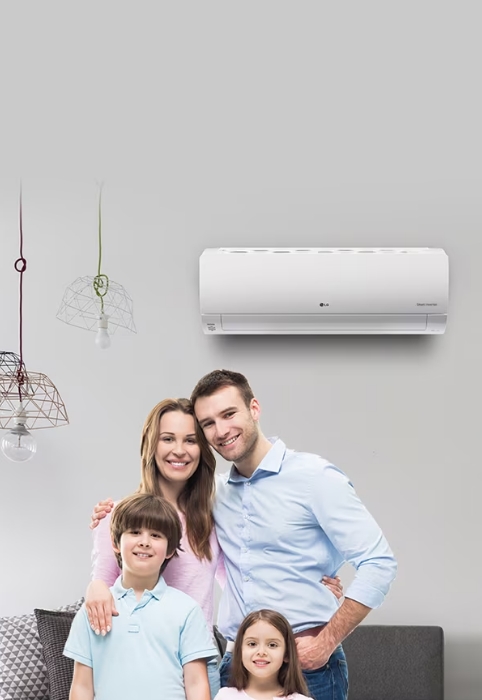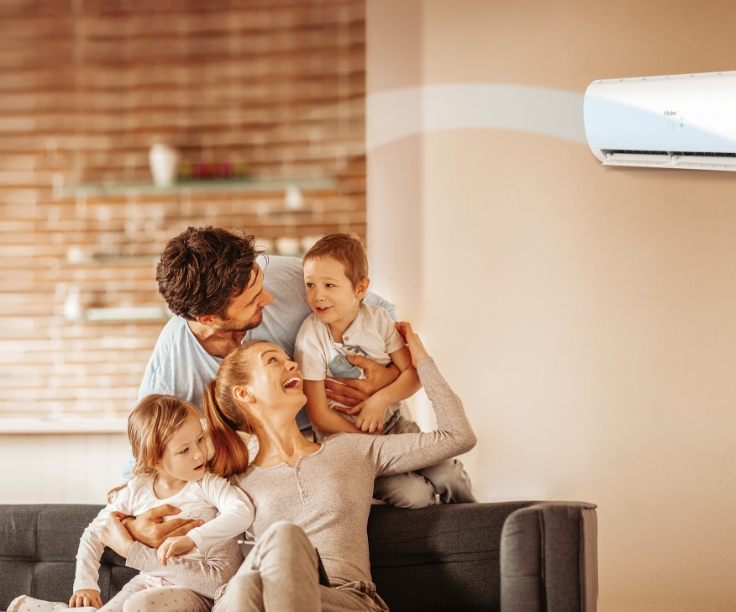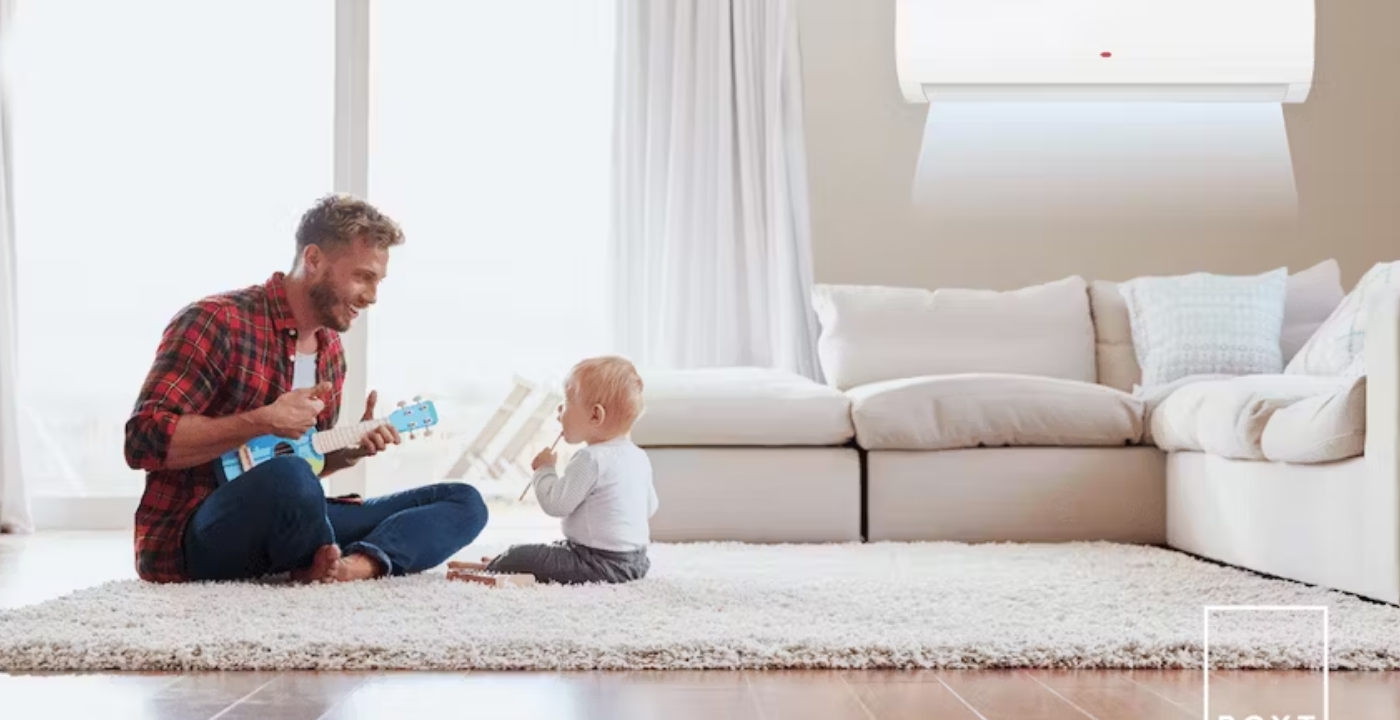Thermal Comfort and Air Conditioning in the Office Space.
For years, office workers have debated and argued on why the females feel higher degree of cold under air conditioner than their male counterparts. As a matter of fact, a few staffs have become disgruntled due to the discomfort they feel when they have to put up with the heat or cold in the office just because we just couldn’t get the temperature to suit everyone.
And to be frank, readers will agree with me that it’s seldom for anyone to give up their serenity just to please someone else. Or perhaps, to show up at work with extra layers of warm clothing just to be able to withstand the chilling effect in a working environment. I really doubt anyone will want to get to the office earlier enough just to quickly set the temperature of the air conditioning to favor them before others contend with it.
May I suggest to you that the above-improvised situation is likely to occur if you’re a woman in the company of male colleagues. According to an article on http://www.nature.com where an expert on human anatomy gave detail insights on how female metabolic rate thermal demand play a great deal of role on how female body relate to air conditioning. The author further built a strong argument claiming that most offices are generally biased in the way their climate control systems are present, as they tend to focus more on the male temperature needs or “thermal comfort” rather than keeping the balance on both sides of the isle. He concluded that the unbalanced thermal demand of staffs may lead to higher energy consumption. Claiming that accurate representation of thermal demand of all occupants leads to accurate energy consumption predictions and real energy savings of building that are designed and operated by the buildings services community.
Keeping the comfort
In an environment where temperature imbalance could affect the output of workers, it then becomes a tedious task to keep everyone comfortable. Running an air conditioning isn’t enough to comfort all, as a matter of fact, your air conditioner only control air temperature and does not control how body heat is exchanged with your environment. Your body heat transfer within your environment is proportional to certain environmental factors, likewise, our thermal comfort.
The following are a few examples of considerable factors that may influence our heat transfer:
- Wind direction is influenced by its speed.
- Humidified weather condition.
- Heat transferred through objects
The late nineteen century saw an advancement in the field of air conditioning and home heating. With a Danish engineer proving the combination of environmental variables that showed a model of achievable comfort. The engineer built his case by determining the body size of individuals by measuring the surface area of the body. He concluded that the larger the surface area, the more heat is generated and transferred into the environment. Further to this, he concluded that every human being has a different proportion of tissue insulation in their body – this is related to their body fat. His conclusion showed that there’s no office thermal environment that would ever satisfy everybody. Regardless of the sex of a person, your thermal need will always vary to the next person in your office.
Suggestions could be made in form of argument that businesses should install wall split systems rather than ducted air conditioning, the fact, however, is that individual radiation temperature is more imperative to the thermal comfort than air conditioning settings.
As odd as the Danish engineer’s experience may sound, the research paper posted by Boris Kingma and Marken on (http://www.nature.com) further shared more light on the subject. They argued that if the air conditioning in an office is set to suit the men as this is a “normal practice” they suggested, the temperature will always be too low for the women to accommodate. And this makes sense as the ladies are generally smaller in size in comparison to their male counterparts. The authors elaborated that ladies tend to generate less metabolic heat than men, therefore will set a thermal comfort imbalance in the office setting.
Here in Adelaide South Australia, we generally put our air conditioning to test during the summer period where everyone needs to stay cool all day and all night. The bummer here is; in a house full of people with different body sizes, there may arise an imbalance in thermal comfort as the air conditioning will naturally be set to suit the bigger people in the house while the smaller people are left feeling too cold.
They also suggested that the same concept could be applied to the different thermal comfort level between the European and the Asians. As Asians predominantly weigh 30% less than Europeans.
But while the Danish scientist’s equations predict thermal comfort – how satisfied we are with the thermal environment – that is only one of the body functions relevant to the question of where we set the thermostat.
Effect of temperature
Having a balanced temperature in a working environment goes beyond thermal comfortability. As a matter of fact, the heat exchange that goes on between our body and our environment could imped our performance at work. When the body is experiencing excessive heat especially at work place, people tend to become disgruntled or could even grow intolerance towards co-workers which may lead to anti-social behavior. Work performance, ability to concentrate and assimilate could slow down because of heat in a confide environment.
Possible Solutions
As a social being that we all are, I personally don’t see how we can all get along without tolerance or making sacrifices for the greater good. Providing one universal solution to the thermal comfort of both male and female in a working environment will be highly challenging, one that may take Albert Einstein another original ingenious thinking ability to be put to its highest test. A simple solution could certainly be that the men give up the thermostat remote, put on some lighter clothes during summer to balance off with the ladies.
In the new Nature Climate Change paper, the authors estimated that energy consumption of residences and offices “adds up to about 30% of total carbon dioxide emissions”.
The truth of the matter is, trivial issues such as thermal comfort imbalance go a long way in pushing the energy bills up for businesses and the greenhouse gas emission could be considerably reduced if we are conscious of these solutions.
This may lead to attire revolution in the office place as that approach would require us to abandon the compulsion to create a shirt-sleeve thermal environment in offices and to vary the thermostat between summer and winter.
We would also need to switch to wall split air conditioning rather than ducted air conditioning system and use green engineering to get the thermal design of the office building right. We can be comfortable without it costing the entire universe.








